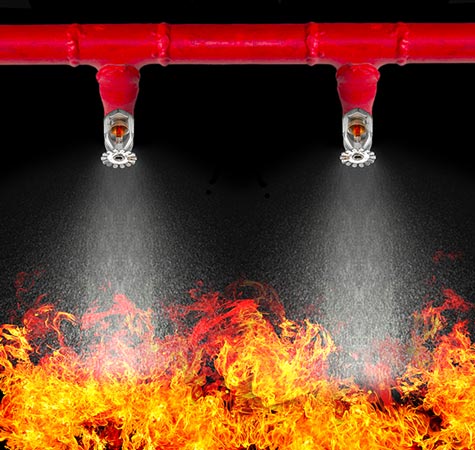Emergency Fire Response Procedures
An emergency fire response plan can save lives when a fire occurs. Chaos and confusion can reign when a fire threatens your employees and business. A detailed and rehearsed emergency fire response plan is the best way to prevent this from happening. By providing your employees with the proper evacuation training, they will be able to leave the office quickly…











